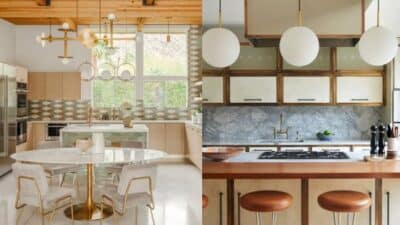Starting in 2025, UK designers began to integrate steel beams into wall sculptures, which helped in modernising architectural styling and supporting large pieces of art.
This technique is appreciated for its modern impression and aesthetic appeal, along with its advanced construction techniques.
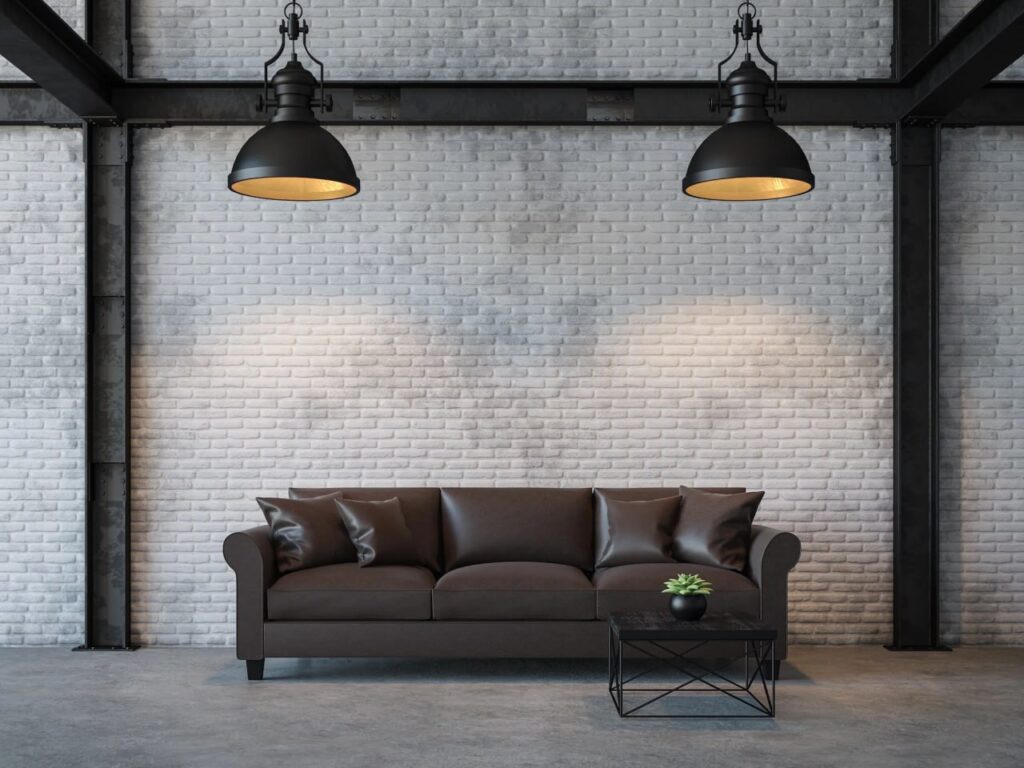
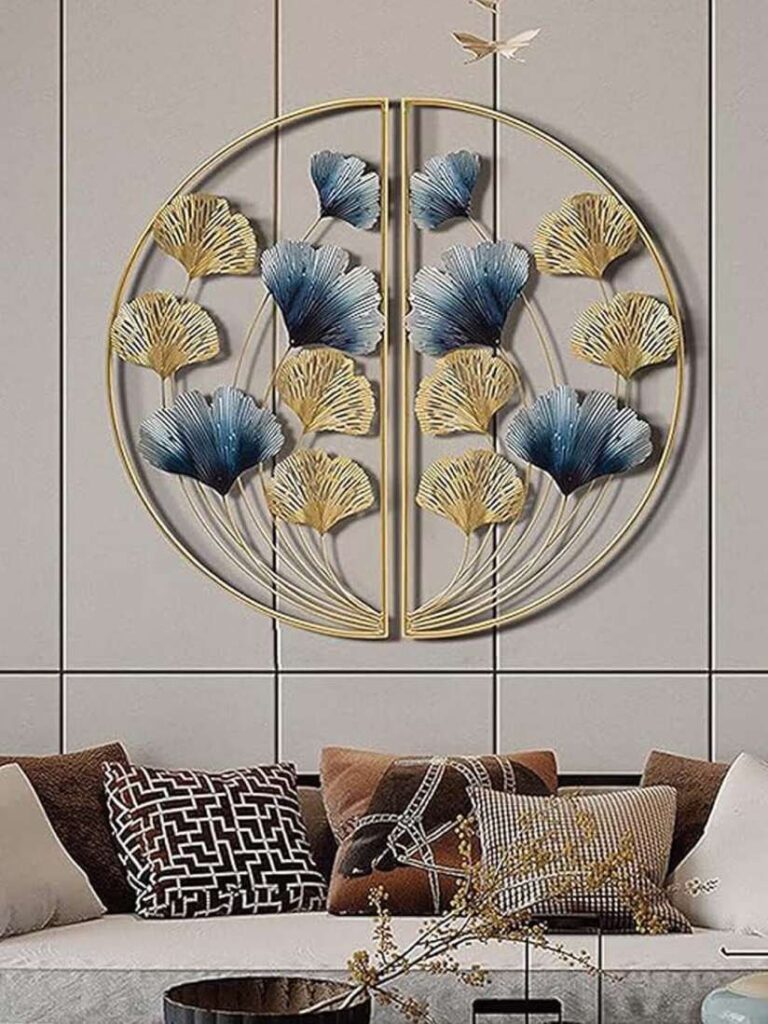
Steel Industry Dynamics in the UK
The UK’s steel industry is one that has severely struggled in the past couple of years, directly affecting the ease of access and pricing of materials needed by designers and artists. In 2023, the United Kingdom manufactured 5.6 million tonnes of steel, which now marks a 6% decrease from 2022, whilst also being the lowest figure recorded since the Great Depression.
In parallel, the domestic steel consumption also dropped by 14%, reaching 7.6 million tonnes. This shows a reduction in both activities in the industry.
In addition, the UK is over spending on steel imports, totaling 2023 imports at 4.6 million tonnes which now accounts for 60% of the domestic market share, a rise from 55% last year. This increase in exports, especially from lower-priced imports, has created new challenges for UK steel manufacturers.
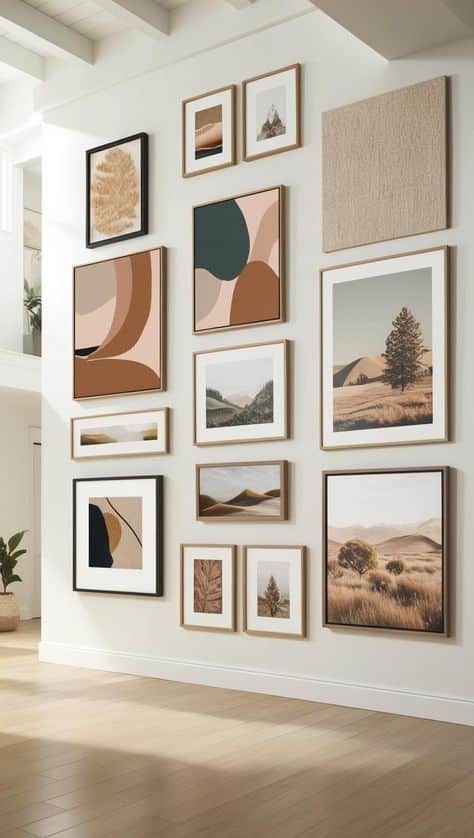
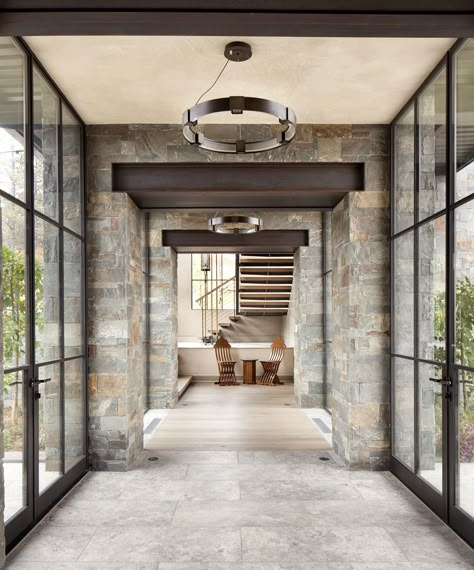
Structural Integrity and Versatility
Steel beams have earned a reputation for their capacity to single-handedly bear vast amounts of weight without the need for cumbersome supports, thus enabling the graceful showcase of sizable or hefty pieces.
Since wood is prone to warping, cracking, and pestilence, artworks in steel framing devoid of corroding borders need no maintenance and can be conserved in pristine condition without derailing the border.
Conversely, frame design restrictions placed on an artist do not exist due to the bending configurations of steel allowing for framing irrespective of how peculiar the measurements may be.
For instance, structural beams manufactured by reputable suppliers, such as Steelo, precisely cater to certain load requirements so art pieces can be safely looked at from both an engineering and artistic viewpoint.
Aesthetic Appeal and Industrial Design Trends
The coarse nature of the uncovered geometric shape of steel coincides perfectly with industrial design, which borrows from the visual styling of structures like factories and warehouses. This feminine construction technique is contemporary but relies on forms and elements of slab construction.
Steel beams used in framing wall art are in line with this design philosophy because the structural features are emphasized as part of the design instead of being hidden. Exposed pipes, metals, concrete, and ample natural light with neutral colors, as discussed in Architectural Digest, are also notable characteristics of industrial interior design.
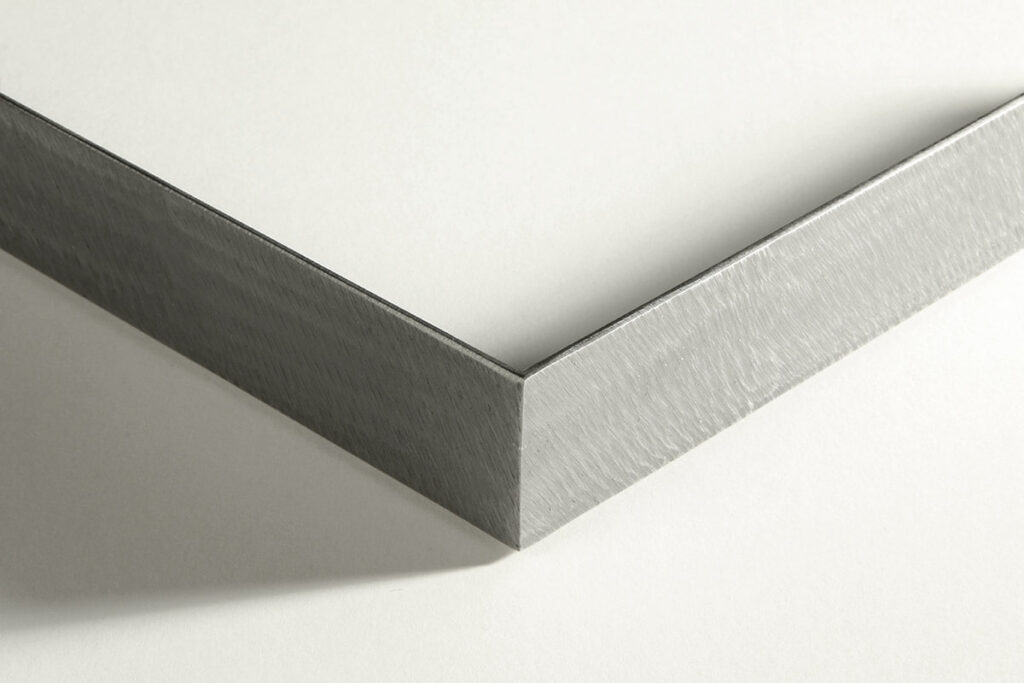
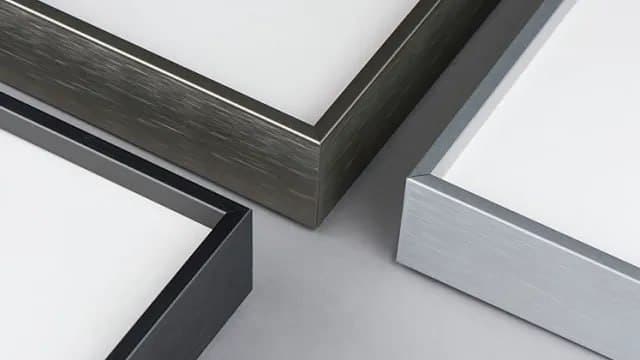
Integration with Other Design Elements
Steel beams have the advantage of being versatile, complementing other industrial design features such as exposed brick, concrete, and reclaimed wood. This adaptability makes it possible to achieve a cohesive interior design where the framed art and the rest of the decor work together synergistically.
For instance, the use of steel-framed artwork with exposed brick walls accentuates the industrial feel. Glass and polished wood elements, on the other hand, make the pieces look more inviting. The Use of raw materials and natural textures, as eFrame emphasizes, is essential to achieving the industrial look.
Customisation and Artistic Expression
With the exception of some highly restricted industries, steel can permit great adaptability when it comes to framing designs. The designers can experiment with several finishing options, such as smooth and shiny or even rusted and worn, so that it blends with the sculpture and the surroundings.
The frames lose their traditional role, and designers are enabled to create unique pieces that go beyond the art itself. As discussed in A Beautiful Space, the emerging wall art decor trends for 2025 revolve around powerful and energetic movements while going beyond boundaries, combined with new material like steel creatively framing the artwork.
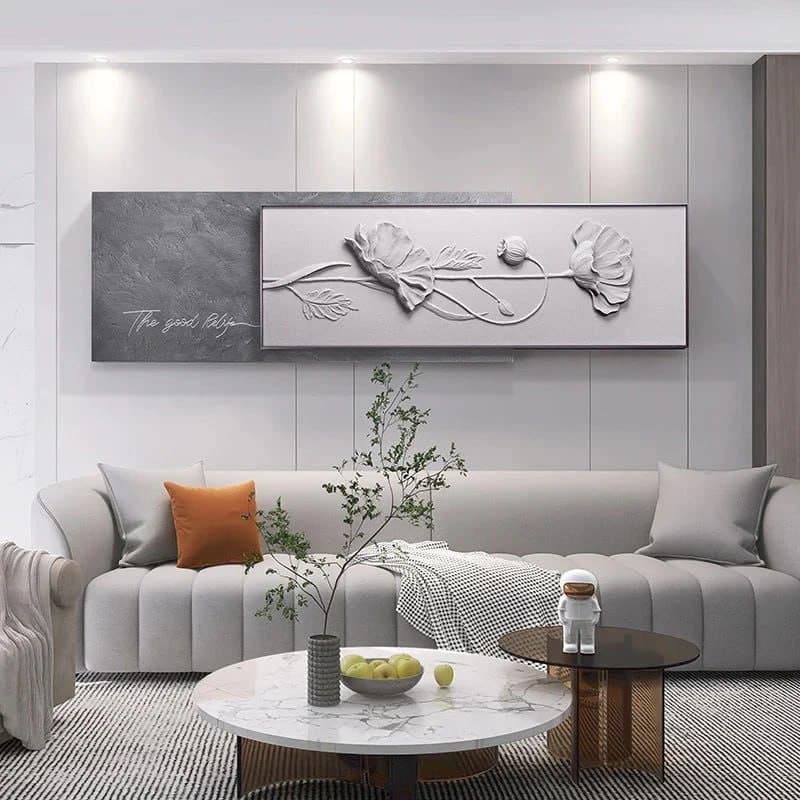
Sustainability Considerations
The addition of steel beams for wall art framing also falls under sustainable design considerations. Steel is recyclable, and the usage of reclaim or recycled steel makes an environmentally sustainable design because new material production is always associated with a negative impact.
Apart from increasing the level of environmental friendliness, this method caters to practicality, sustainability, and historical charm, considering the materials that have been previously used have an appealing patina and character. The design trend that deals with having a minimum impact on the environment is still nascent, although the use of reclaimed steel is accepted due to its durability, charm, and beauty.
Conclusion
The aesthetic innovation of construction needs is evident with steel beams incorporated into the framing of wall art. Striking sustainable interiors have been the aim of UK designers since 2025 with the incorporation of this ideology. The artistic design of the steel frame will indubitably stand the test of time as an icon of contemporary interior design amidst the growing world of industrial design.
- 6shares
- Facebook0
- Pinterest6
- Twitter0
